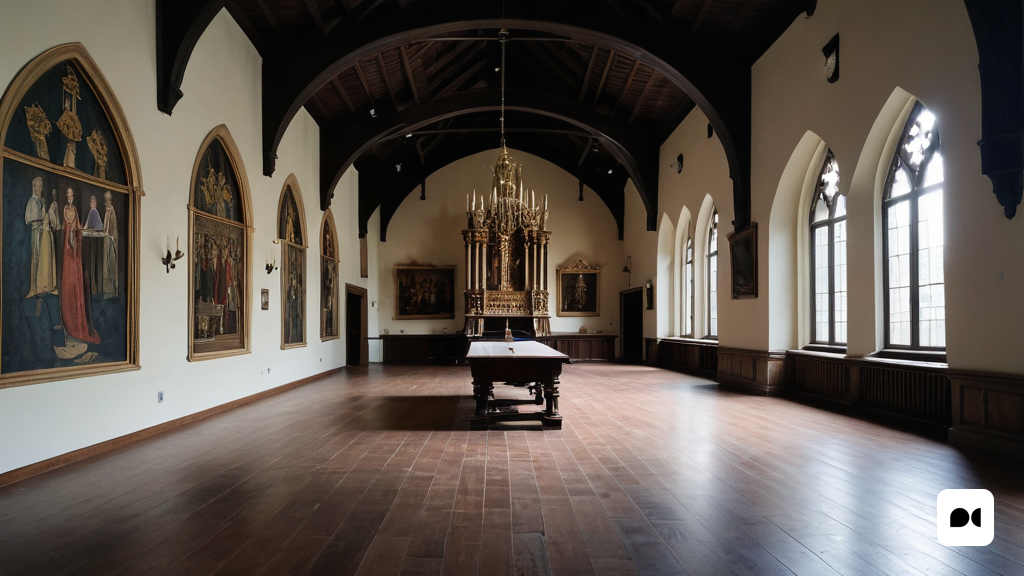An opportunity for culture
In recent times, there has been a lot of talk about the possibility of creating a new contemporary art museum in the Gesa building in Palma. However, before making such an important decision, it would be good to assess the options we already have and which are of great value to the city. In this sense, investing in the acquisition of works of art and promoting the dissemination of these existing cultural facilities would be a positive action for the community.
The Museum of Sacred Art
Recently, the diocese has carried out the restoration of the old Episcopal Museum, which is now known as the Museum of Sacred Art. This museum is a real gem, both for the Gothic building that houses it and for the pieces on display. Highlights include the altarpiece of Sant Jordi, the altarpiece of Santa Clara and a Romanesque Christ, which are true masterpieces. In addition, this museum is part of a set of other ancient art museums in Palma, such as the Mallorca Museum and the Seu Museum, which house pieces of great historical and artistic value.
Contemporary art in Palma
As for contemporary art, Palma has several institutions that offer a wide variety of exhibitions and collections. The Pilar and Joan Miró Foundation stands out, which recently hosted an exhibition with a large part of its fund. We should also mention the Baluard museum, a building that integrates with the old city walls and that houses a collection focused on the painting of the Balearic Islands, as well as organizing temporary exhibitions of contemporary artists. In addition, this museum keeps an unusual masterpiece: the original alphabet that Joan Miró made for the book of Mallorcan poets El Vol de l’Alosa.
The Joan March Foundation
Another prominent institution in the field of contemporary art in Palma is the Joan March Foundation. In this foundation you can enjoy an exceptional collection of contemporary Spanish art, which includes everything from Picasso to the most current artists. In addition, the exhibition is very well assembled and offers a detailed view of the evolution of contemporary art in Spain. Artists such as Juli González, Eduardo Arroyo, Tàpies and many others stand out.
Conclusion
In short, Palma already has a wide variety of museums and institutions dedicated to contemporary and ancient art. Instead of focusing on the construction of a new museum, it would be more appropriate to invest in the promotion and dissemination of these existing cultural spaces, which already offer great artistic and cultural wealth to the city. This would allow the community to enjoy a more complete and diverse offer, and would enhance Palma’s artistic heritage.

